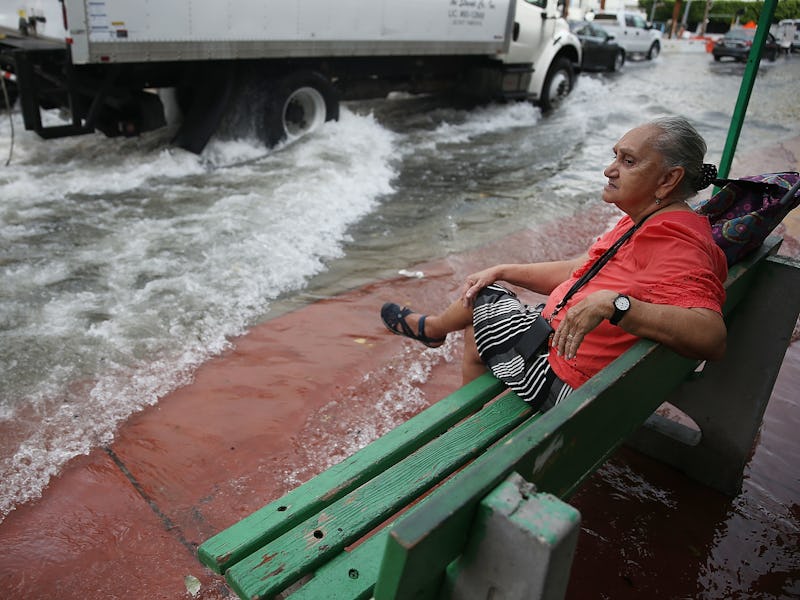Which Cities Will Climate Change Flood First?
Now might not be the time to invest in beach-front property.

Climate change is real, the sea’s waters are rising, and pretty soon, ocean-front property will become ocean-floor property.
For some places, the reality of climate change and sea level rise is already here. Climate change was partly to blame for record flooding in Louisiana, Texas, and Oklahoma in 2016, and as sea levels rise, we can expect to see a lot more waterlogged areas close to the coast. People around the world, including in the Pacific Ocean and coastal Louisiana, are seeing their land disappear under water and have been forced to relocate. Scientists are predicting a global sea level rise of one to four feet by 2100, while some areas may see even more water thanks to differences in plate tectonics. Other places are starting to experience more severe flooding, and the future is looking considerably more damp. Here are a few major cities where sea level rise will force us to rewrite maps well before 2100.
Miami
Miami is doomed.
Most of Florida is in trouble, but Miami is the poster child for climate change inundation. Higher tides and stronger storms are flooding more of the city, and nearby Miami Beach, on a regular basis. A 2013 study estimated that by 2050 Miami will lose about $2.5 billion annually thanks to flooding.
New Orleans
One of the levees designed to keep water out of New Orleans.
New Orleans sits about one to two feet below sea level, with some areas as much as seven feet below sea level, which is why the city is surrounded by a levee system designed to keep the water out. Those levees were rebuilt following Hurricane Katrina in 2005, but they can only handle so much water as sea levels rise and the city continues to sink.
New York City
It's been fun, New York.
New Yorkers can say goodbye to much of Lower Manhattan and large swaths of Brooklyn and Queens. The city is built over plenty of fill dirt and salt marshes, areas that historically were under water. Mother Nature is working hard to reclaim those areas, and they were the hardest hit by Hurricane Sandy back in 2012. If pollution continues unchecked and the city’s resiliency plans fall through, flights in or out of LaGuardia and JFK will require seaplanes by 2100.
U.S. Military Bases
Naval Air Station Key West off the Florida coast.
There’s a reason the U.S. military cares so much about climate change. Not only will climate change drive wars in the future, it will affect some of their own installations. Naval Air Station Key West, for example, will lose 70 to 95 percent of its land to the ocean by 2100, and as much as 45 percent of its land will be inundated by 2050.
These are just a few of the places that will be fighting the tides of climate change in the future. Sea level rise threatens coastal regions worldwide, and some are especially vulnerable. It’s going to take some aggressive cutbacks on carbon emissions to avert a watery disaster.